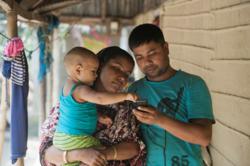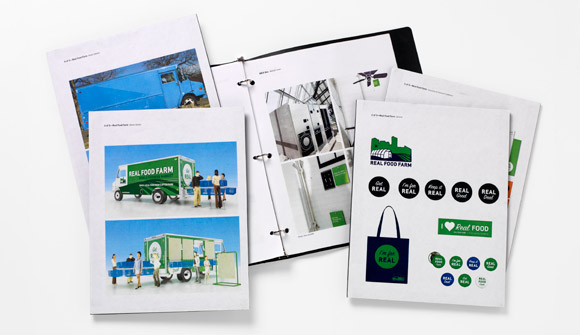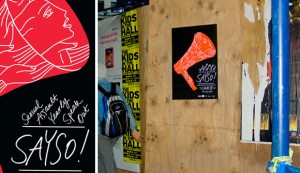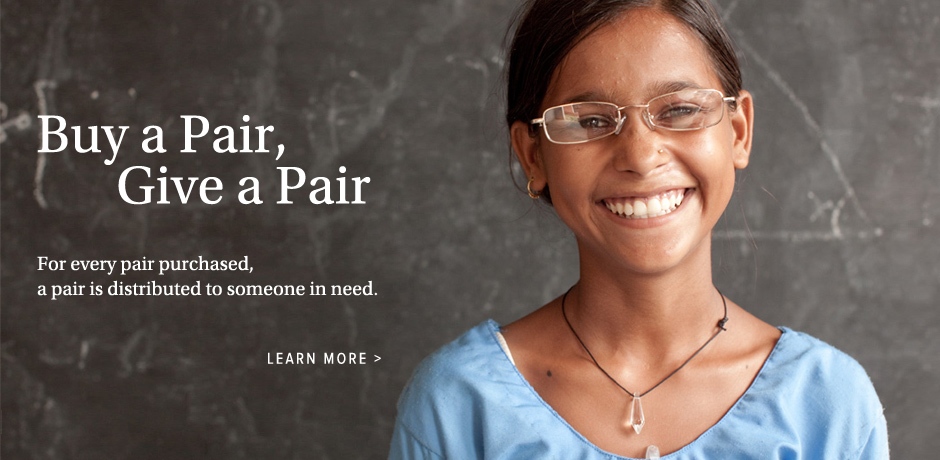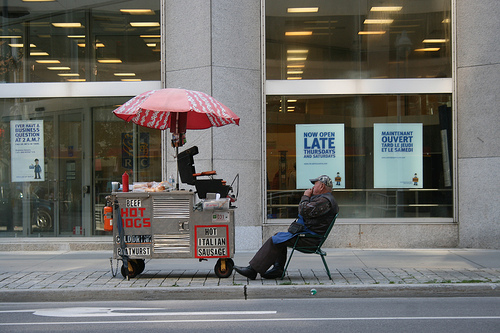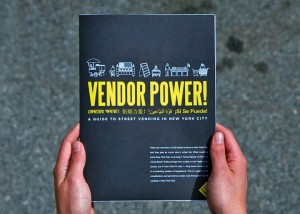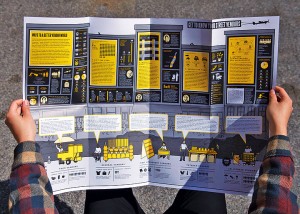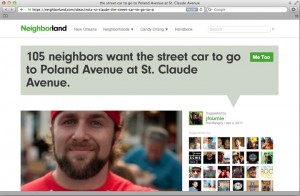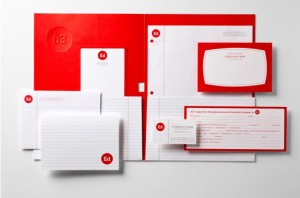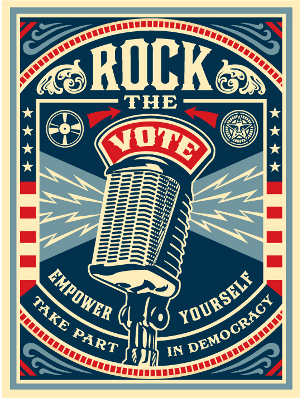Fall is here and it’s time to get your learn on. As a lifelong learner and information sponge, I wish I could clone myself to take advantage of all the goodness out there. Opportunities flourish in the classroom and out, and sometimes a short conference is all you need to get inspired to put good ideas into action. Students especially have many opportunities to attend, often at a reduced rate. Here are three upcoming design conferences with an emphasis on social change and the value of design in business. Check them out.

A Better World By Design, September 28-30, Providence, RI
Cost: Students $45, Professionals $275, single day passes available
The Gist:
A Better World By Design takes place on the campuses of Rhode Island School of Design and Brown University. The goal is connecting multidiscipinary professionals and students to promote a socially-conscious global community.
The conference centers around the student Better World Challenge (submissions for this year are now closed). This year’s challenge is all about the digital divide and connecting the disconnected to the powersurge of information available through technology. The winner receives a $1,000 stipend towards implementation of the idea and is automatically placed into Dell Social Innovation Challenge’s semi-finalist round for a chance to win $50,000. Check out last year’s finalists and winners in this video.
Speakers include:
Rocco Landesman, chairman of the National Endowment for the Arts
Cheryl Heller, American designer and brand strategist
Dr. Timothy Beatley, internationally recognized sustainable city researcher and author
Topics include:
Panels on Design Policy
Urban Farm Tours
Studio Workshops
Fun Factor:
Celebrating it’s fifth anniversary this year, ABWxD is hosting a birthday shindig on Friday night with a stationary bike race, photo booth, bike-powered DJ (whatever that is), and food trucks with local eats and drinks.
Design-O-Meter:
Looks to be a great student event with a focus on collaboration and social change. Intimate setting and refreshingly affordable.
Why It Matters:
ABWxD focuses on bringing together individuals from around the globe to collaborate on social design issues. Not to mention RISD is a hub in itself of design and innovative thinking, with president John Maeda at the helm. A completely student-organized event, ABWxD strives to create impact by thinking globally and acting locally. Connecting the student body to the professional one is paramount in strengthening design education, and this conference is a leader in building those socially-conscious design relationships.
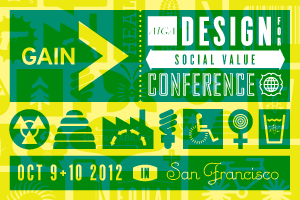
GAIN, AIGA Design for Social Value Conference, October 9-10, San Francisco, CA
Cost: AIGA Student Member, $425, AIGA Professional Member $475-850
The Gist:
From the website:
To be relevant in today’s economy, businesses must think about more than just their bottom line. At “Gain” you‘ll hear design, business and social innovation leaders from a variety of industries share their visionary approaches to creating social value.
Presenters will demonstrate the broadening role design plays in institutional strategy, leadership, process and service, product and message, and how the creative attributes of designers provide special advantages to tackling socially relevant projects and enhancing the human experience. Build value for your brand and strengthen your business practice at “Gain.”
Watch presentations from the 2010 Gain conference here.
Speakers include:
William Drenttel, designer and publisher, Winterhouse
Patrice Martin, co-lead and creative director, IDEO.org
Justin Ahrens, principal, Rule29
Robert Fabricant, vice president of creative, frog design
Topics include:
Negotiating and Contracting for Pro Bono Jobs
Implementing Social Change
Successful Grantwriting and Fundraising
Fun Factor:
Roundtable discussions with specific industry experts, opening night reception, you’re in San Francisco!
Design-O-Meter:
The preeminent professional’s conference with the big name speakers to prove it. Top of the heap schmoozing but you’ll probably have to work (and pay) for it.
Why It Matters:
AIGA recently revamped their membership pricing structure to be more affordable, and is adapting to meet the needs of those in this rapidly changing profession. The crème de la crème speakers at this event make the case for the value of design throughout business and messaging, something that is essential in today’s marketplace. The emphasis is in exploring the role of the designer in the professional space, rather than under the safety umbrella of academia, which is of particular interest to me—integrating social value as part of a holistic approach, not pro-bono work designers are supposed to do on the side.

DesignThinkers Conference, Nov. 8-9, Toronto, Canada
Cost: Before Oct. 9, non-RGD members (Canada’s semi-version of AIGA) $525, student member $175, single day and deluxe tickets available
The Gist:
This is the 13th year for Canada’s largest design conference and is part of an event-full design week in Toronto. The theme is The Sacred Order of Alternative Ideas with the Latin motto finire cogitationes ad infinitum, meaning, limit your thinking to the limitless.
Watch this video for highlights from last year.
Speakers include:
David Butler, VP, Innovation, Coca-Cola Company
Lisa Strausfeld, Global Head of Data Visualization, Bloomberg
Stefan Sagmeister, Co-founder & Creative Director, Sagmeister & Walsh
Glenn John Arnowitz, Director of Global Creative Services, Pfizer
Topics include:
How to Market with Content Workshop
In-House Q&A with Julia Hoffmann & Glenn John Arnowitz
Fun Factor:
Studio tours, an opening party, “Teaching to See” film screening, a PechaKucha night, and a student portfolio workshop with Bryony Gomez-Palacio
Design-O-Meter:
Has been on my radar since I saw last year’s speaker lineup. Combines relevant topics with additional activities.
Why It Matters:
RGD is a professional graphic arts organization much like AIGA, however, they set design standards and designate those who qualify as Registered Graphic Designers (R.G.D.). Members must pass a standard examination of accreditation. How does this change the profession and value we put on design? Are designers more revered for having this accreditation and does it help raise overall awareness?
